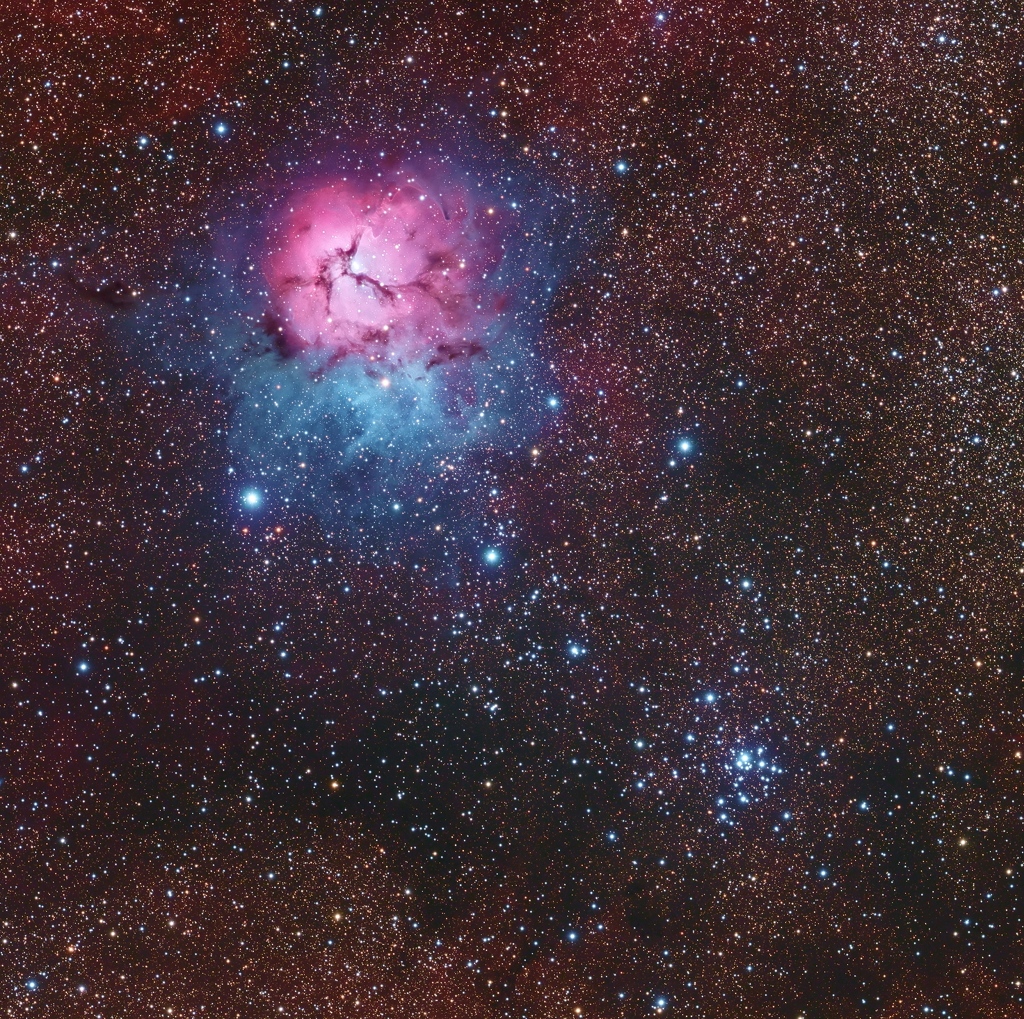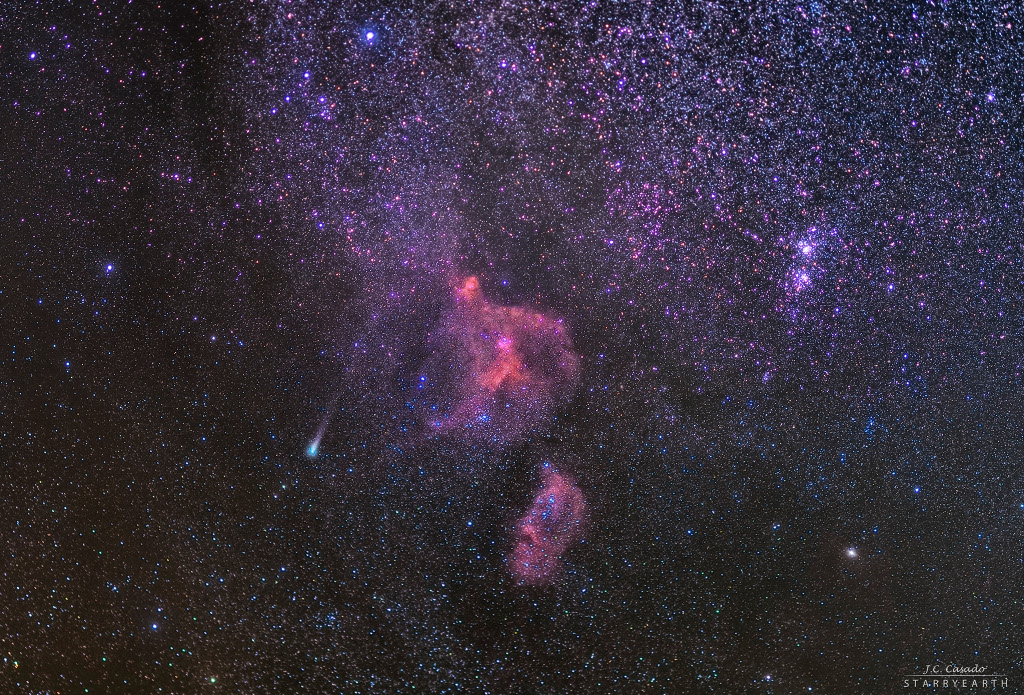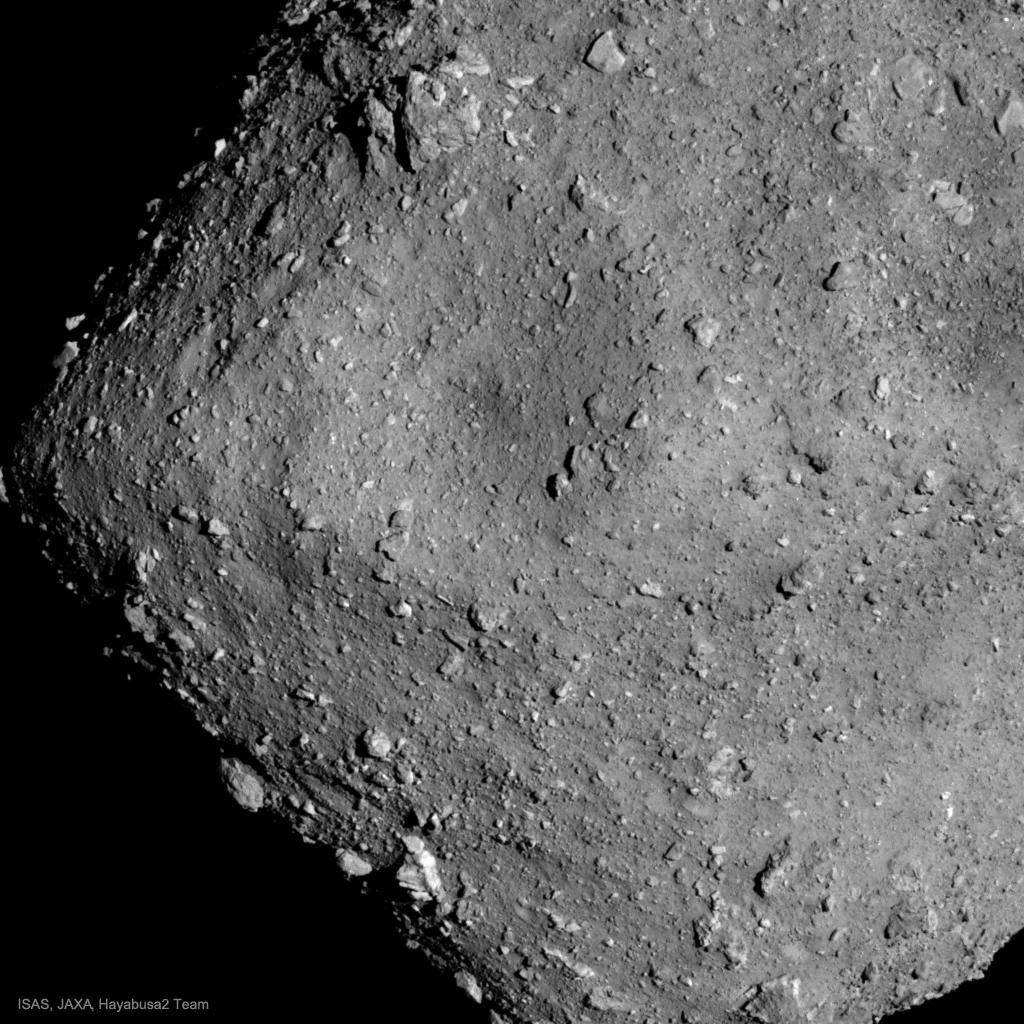
Just Another Day on Aerosol Earth


University and middle school students from South Dakota, and junior high students from Texas, will talk live with astronauts on the International Space Station next week.
from NASA https://ift.tt/2P3d5GB
via IFTTT![]()


Media are invited to apply for credentials to cover activities at NASA’s Jet Propulsion Laboratory for the landing of the agency’s Interior Exploration using Seismic Investigations, Geodesy and Heat Transport (InSight) mission on Mars at about noon PST Nov. 26.
from NASA https://ift.tt/2PxWQmj
via IFTTT![]()

Next month, NASA will launch into space the most advanced laser instrument of its kind, beginning a mission to measure – in unprecedented detail – changes in the heights of Earth’s polar ice.
from NASA https://ift.tt/2Pt79I5
via IFTTT![]()
